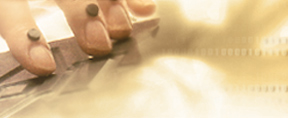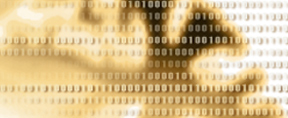Haptics in the United States before 1940
In the United States, the history of research in the skin senses begins not in a research laboratory but in an asylum. It was only in the late 19th century that research universities based on the German model were established and departments of psychology emerged.
Beginnings: Samuel Gridley Howe and Laura Bridgman
Our starting point is in 1837 at the New England Asylum for the Education of the Blind in Boston, later known as the Perkins School for the Blind, when seven-year-old Laura Bridgman was brought there. Both blind and deaf due to scarlet fever contracted when she was 26 months old, she had only a limited ability to smell or taste. Her parents had communicated with her entirely through rudimentary touch signals, “A pat on the head expressed approval, on the back disapproval” [1].
Samuel Gridley Howe, director of the Asylum, had received some medical training at the Harvard Medical School [2]. Howe was also an avid follower of phrenology, the movement that held that the brain contains the faculties that give us our abilities and capacities as human beings [3]. A major tenet of phrenology was that through the exercise of the faculties of the mind, which has a physical manifestation in the matter of the brain, a person could realize their maximum potential. It was a matter of finding the best channel to stimulate those faculties. What may have interested Howe in particular was that the phrenologists held that the intellectual faculty of language “gives a facility of acquiring knowledge of arbitrary signs…” [4].
Howe began teaching Laura by pasting on everyday objects their names printed on tags in raised letters. After she had associated the tactual impression with the object, the tags were taken off and Laura was taught to select the object when given the tactual impression of the name or the name tag when encountering the object. Then he transferred her to touching printed metal letters containing the words and finally to the ‘deaf and dumb’ alphabet using finger signs pressed into the palm to allow people to communicate with Laura and she with them [5]. Over time, Laura was able to learn the names and meanings of concrete objects but also to be able to communicate her thoughts in writing. The case attracted a great amount of interest [1]. It was the first account of a deaf-blind person learning language.
...
<link>contents «Human Haptic Perception», Grunwald (Ed.)
<link>« Early psychological studies on touch in France
<link>» Anatomy of receptors
<link>references: Haptics in the United States before 1940
<link>references: chapters, <link>all





